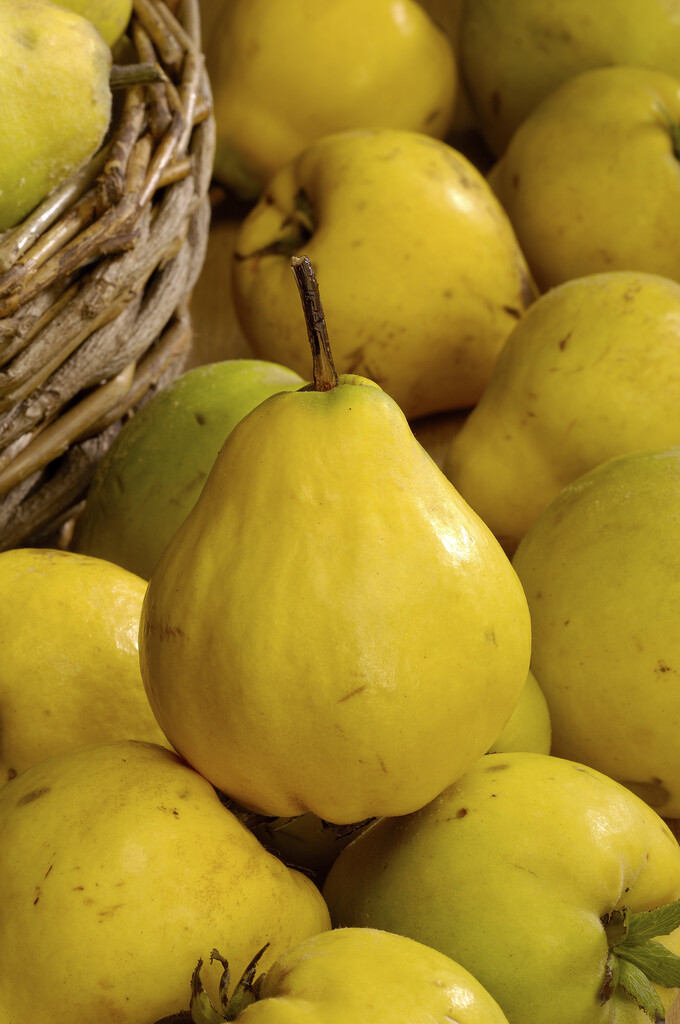Pseudocydonia sinensis
Chinese quince
A spreading shrub up to 6m high or (in areas with long hot summers) a tree up to 18m, with flaking bark which is mottled olive green, brown and grey; oval, finely toothed, glossy dark green leaves, 5-10cm long, which are usually deciduous but may be semi-evergreen, are tinged red in spring, and turn yellow, orange and red and before falling; and cup-shaped, fragrant pink flowers, 3-4cm across, in spring, followed after hot summers by edible, aromatic, egg-shaped fruit, 5-18cm long, which start out green and become yellow when ripe in autumn
Size
Ultimate height
4–8 metresTime to ultimate height
10–20 yearsUltimate spread
4–8 metresGrowing conditions
Moisture
Moist but well–drainedpH
Acid, Alkaline, NeutralColour & scent
| Stem | Flower | Foliage | Fruit | |
| Spring | Pink | Green Red | ||
|---|---|---|---|---|
| Summer | Green | Green | ||
| Autumn | Yellow Orange Red | Yellow | ||
| Winter |
Position
- Full sun
Aspect
South–facing or West–facing
Exposure
Sheltered Hardiness
H4Botanical details
- Family
- Rosaceae
- Native to GB / Ireland
- No
- Foliage
- Deciduous
- Habit
- Bushy
- Name status
Correct
How to grow
Cultivation
Grow in a sunny sheltered position, such as by a south-facing or southwest-facing wall, in fertile, moist but well-drained soil
Propagation
Propagate by seed sown in containers outdoors in autumn
Suggested planting locations and garden types
- City and courtyard gardens
- Cottage and informal garden
- Flower borders and beds
- Wall side borders
Pruning
Pruning group 1 or pruning group 13 if grown on a wall, after flowering
Pests
Generally pest-free
Diseases
May be susceptible to quince leaf blight, brown rot, fireblight, powdery mildews and honey fungus
Love gardening
Sign up to receive regular gardening tips, inspiration, offers and more
View our Privacy Policy
Get involved
The Royal Horticultural Society is the UK’s leading gardening charity. We aim to enrich everyone’s life through plants, and make the UK a greener and more beautiful place.

